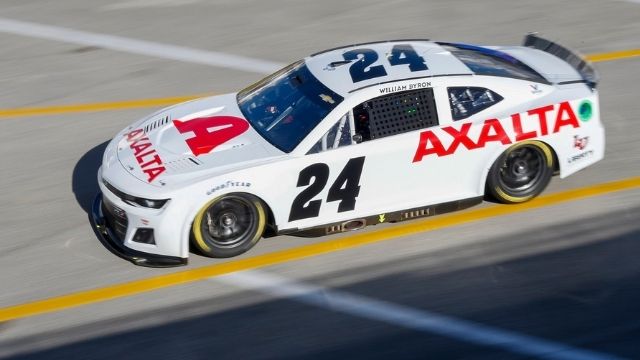The NASCAR Cup Series drivers push their vehicles. Even with such automobiles’ high quality, the engine still blows. Now the governing body is pushing the sport to its limits, risking a missed deadline. Kyle Larson, Kevin Harvick, Denny Hamlin, and Martin Truex Jr. may be affected.

Due to issues with its Next Gen vehicle, NASCAR may have to implement a “leave no chassis behind” policy.
The proverbial white flag will soon fly.
The NASCAR season is approaching faster than the Bristol or Martinsville corners. On Feb. 6, the Busch Light Clash at the Los Angeles Coliseum, and the 150-mile duels at Daytona. The Daytona 500, the season’s opening points race, takes place on Feb. 20.
Everything with the Next Gen automobile should be good up to and beyond that point. But how far can NASCAR stretch its supply line after that? Neither the NFL nor MLB clubs run out of footballs or baseballs. But NASCAR may not be able to send enough vehicles to its teams early in the season.
Bob Pockrass said teams are concerned this week. Originally, NASCAR expected to provide five vehicles each team by the start of the season, according to a Fox Sports racing reporter. But teams testing at Daytona this week unveiled only two finished vehicles. A third is in the works, and a complete allotment should be available by the end of February.
That may not be a big deal for Hendrick Motorsports, Joe Gibbs Racing, and other mega-teams, but it is for smaller teams. With one bad day at Daytona followed by two bad days at Fontana, a driver might be competing in a pair of Nikes the following weekend.
The Next Gen vehicle shortfall may end a Daytona 500 tradition.
It was always going to be difficult for NASCAR to produce Next Gen cars on time. Moving from plans to prototypes to manufacturing pushed the process to the limit. That means delaying important component deliveries. After Daytona, most of the parts will be available to individual shops, but the teams must construct the cars.
However, there is enough fear that NASCAR may have to end a nearly quarter-century tradition. Since 1997, teams entering the Daytona 500 have agreed to lease their winning cars to Daytona International Speedway for the rest of the year.
If NASCAR can’t provide all the vehicles promised, teams could feel forced to hang on to every chassis, engine, and lug nut out of caution, according to Fox Sports’ Bob Pockrass.
New NASCAR model delays are common.
While team owners and shop managers are worried about automobile delivery, others have experienced delays with new technologies.
Dale Earnhardt Sr. died in a collision at the season-opening Daytona 500 in 2001. That prompted NASCAR to evaluate and modify its Cup Series vehicles. The result is NASCAR’s fifth-generation vehicle, the Car of Tomorrow.
But the CoT implementation took two years longer than expected. Even then, the move was not easy. It wasn’t until the Food City 500 at Bristol, the fifth race of the season, that it became a full-time model.
Safety caused the delays. That happened again this time. Engineers had to deal with extreme heat inside the automobile and crash tests.
Since 1997, the victor of the Daytona 500 has been awarded the Harley J. Earl Trophy, and the winning vehicle is displayed for one year in the Motorsports Hall of Fame and Museum next to the track.
In the meanwhile, teams are battling to raise their inventory to the maximum seven vehicles per team before the start of the 2022 season due to delays in Next Gen car development and supply chain concerns.
Given the present state of the sport, winning a race may not be feasible.
